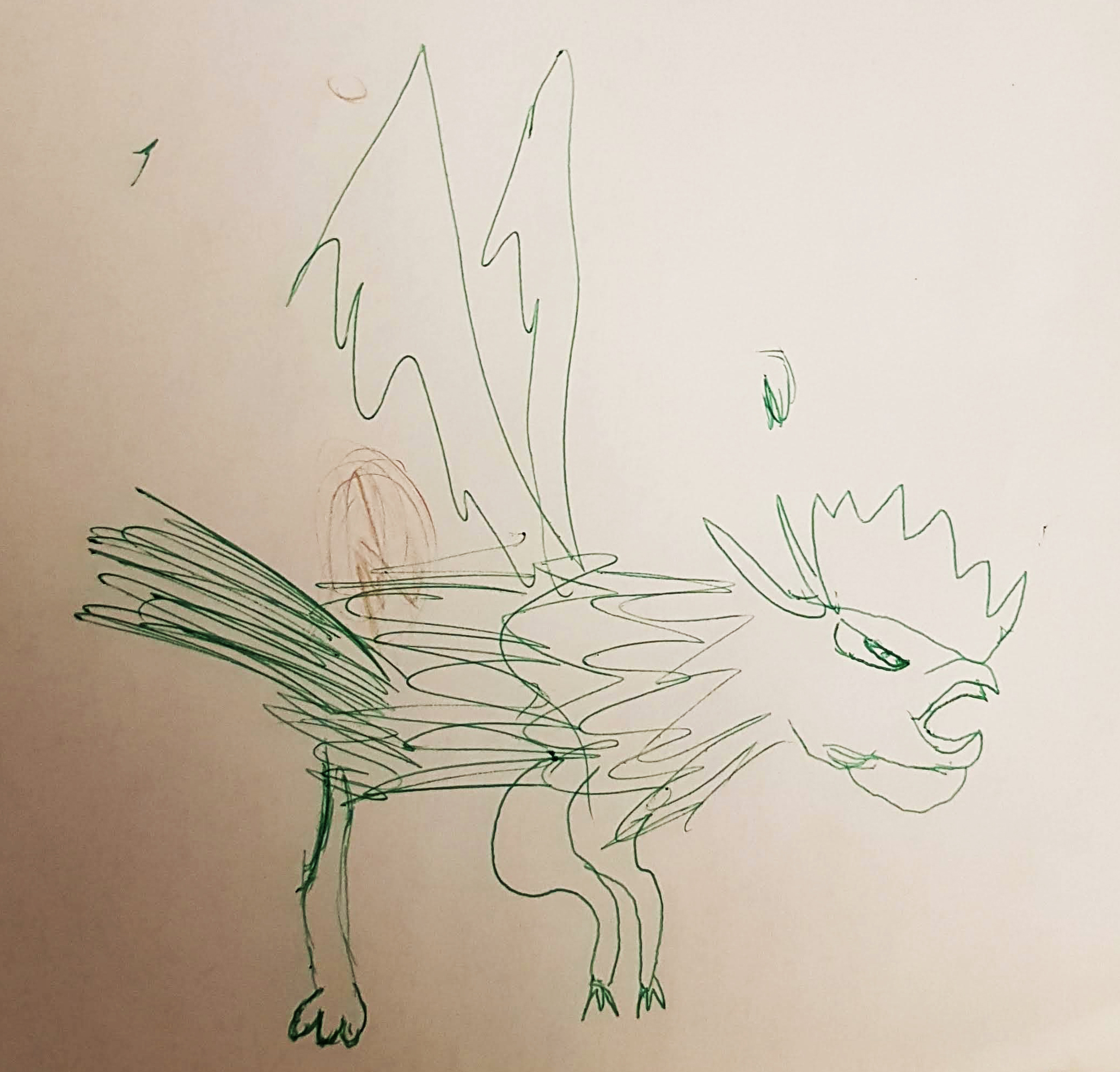This autumn I facilitated another workshop at the library Ignasi Iglésias-Can Fabra in collaboration with the American Space Barcelona. The children created beautiful interactive stories about a magical world behind the books of the library.
One group imagined a forest by night and a sky full of shooting stars. They designed an owl in Tinkercad and printed the model in 3D. They created an interactive sky with LEDs and Arduino. Finally, they augmented the model with music using conductive material and Makey Makey.
- Conceptual drawing of the owl
- 3D model in Tinkercad of the owl
- Printed model of the owl and prototype of the interactive sky
- A girl programming the blinking frequency of the LEDs
Another group created a world of volcanos, lava and fire that was inhabited by a hippogriff.
- Concept of the magical world
- Conceptual drawing of the hippogriff
- 3D Model of the hippogriff
- 3D Printing of the hippogriff
- Prototype of the world
- The volcanos were digitally augmented with lava and fire.
A third group created a dungeon of a castle in which a prisoner is guarded by two beasts.
- Conceptual Drawing of a dragon
- 3D Model of a dragon
- Prototype of a dungeon with two beasts
- A boy experimenting with digital augmentation of the physical world




























































